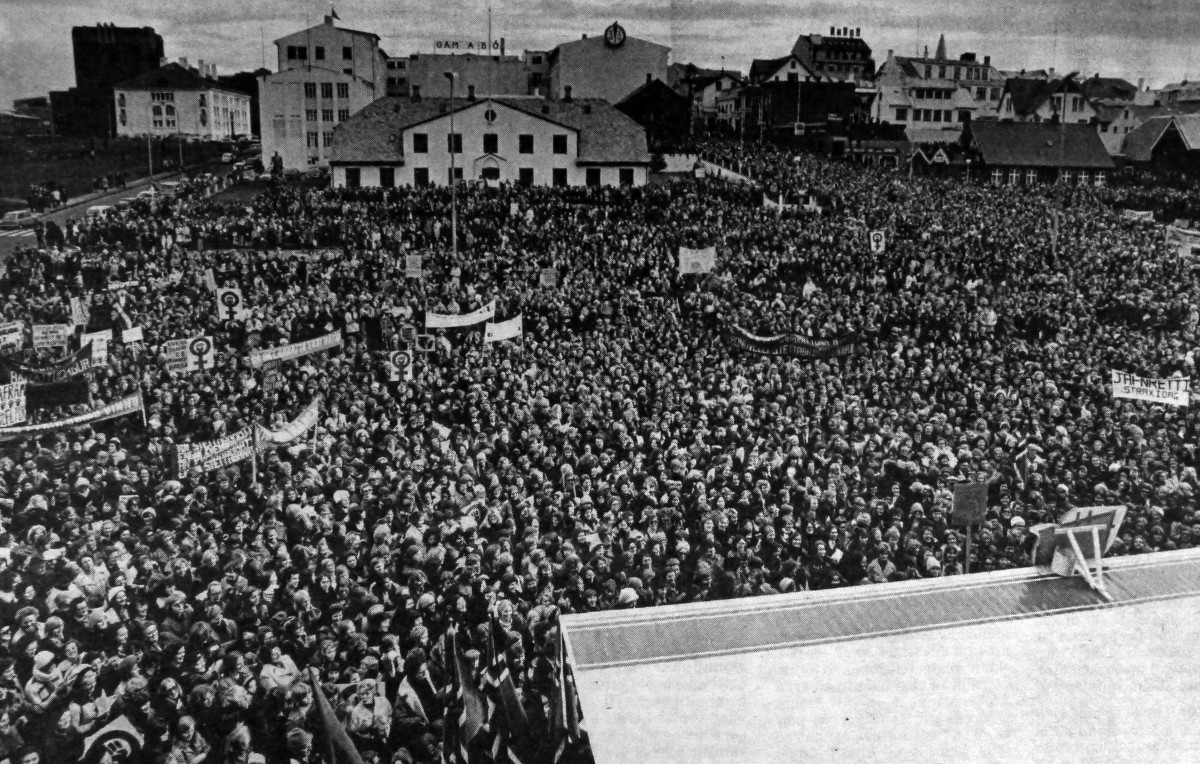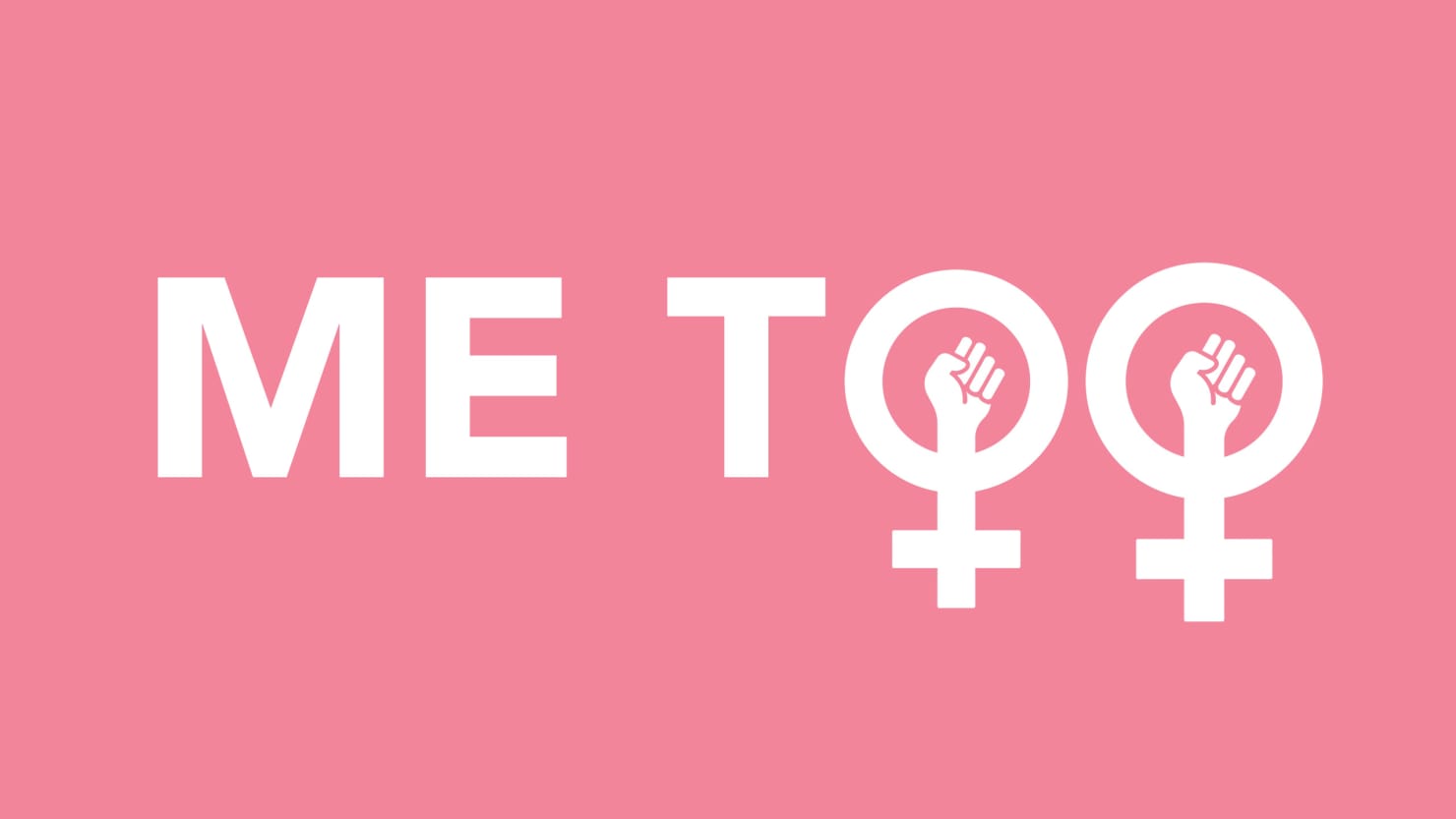4 Women's Protests You Probably Haven't Heard Of
There’s been a lot of protesting in the mainstream media lately. In 2016, Trump was elected, and the world seemed to erupt in mutual outrage. 2017 saw the rise of the #MeToo movement and the consequential #TimesUp initiative; there was the campaign to save #DACA and the protests against the construction of the #DAPL. Whether it be by standing on the picket line, donating to the cause or rallying their peers, women have consistently been at the forefront of these battles. We know this, of course, from international news coverage and social media, but what about the lesser-known protests? Those which pre-date the prolific hashtag and the non-stop news cycle?
In celebration of International Women’s Day, we’ve put together a list of protests which have been somewhat overlooked by the man-centric, whitewashed historical focus of our Western education. Although they didn’t ‘go viral’ or inspire a range of feminist merchandise, these protests remain crucial in their contribution to the fight for the liberation of women worldwide.
Image sourced here.
‘The Women’s War’ or ‘The Aba Women’s Riots’: November - December 1929, Southeastern Nigeria
Fighting Against:
The political and financial changes which British colonial rule inflicted on Nigerian societies during the early 1900s. Prior to British colonisation, women had been able to participate in government; they held a little influence over political movement and shared many of their domestic duties with men. In 1914, British administrators personally appointed “warrant chiefs” in local areas, while traditionally Igbo chiefs had been elected by the people. After this change took place, women became entirely excluded from the political equation.
As well as this, a strict taxation law was applied to working men in 1928, which effectively caused a financial crash. Many women suspected that this tax would be extended to their own market trade, and prevent them from seeking their livelihoods through produce.
Methods Used:
Over the course of two months, the riots covered 6 thousand square miles, including the Owerri and Calabar Provinces. In Oloko, on the 2nd of December 1929, over 10,000 women protested against these governmental changes and the introduction of new tax laws.
One of the most common forms this protest took was ‘sitting’- a method which could involve ridiculing men with insulting chants, singing to their oppressors about injustice and gathering in large groups to dance around their homes. Black female nakedness and sexuality was considered taboo in the majority of areas under British colonial rule, so many women also stripped off while protesting to demonstrate their strength.
Results:
After months of sporadic rioting, colonial authorities abandoned their plans to extend the enumeration tax law to market women’s trade. Many warrant chiefs resigned their positions under the mounting pressure from female protestors, and British administrators lessened the authority of warrant chiefs in the hope of deflecting further violence.
Image sourced here.
‘The Women’s March Against Pass Laws’: 9th August 1956, Pretoria, South Africa
Fighting Against:
In 1952, ‘Pass Laws’ made it compulsory for all black South Africans over the age of 16 to carry with them an internal passport document called a ‘pass book’. This would have contained extensive personal information, such as full name and age, fingerprints, photographs, employment status- even character references. Black South Africans were also expected to seek permission to move around within certain regions; pass books were therefore meant to contain proof of permission to enter. If a person was found without valid consent, they were often arrested.
These internal passports were implemented as a means of managing migrant labour, tracking people of colour and brutally reinforcing segregation.
Methods Used:
On the 9th of August 1956, 20,000 women gathered in Pretoria from many different parts of the country, and descended upon the Union Buildings. According to eyewitness accounts, ‘many of the women present wore traditional African dress’ while ‘others wore the Congress colours’. Some women ‘had babies on their backs and other domestic workers brought their white employer’s children along with them.’ It is said that despite the enormous crowd, the women protested with ‘discipline and dignity’.
Results:
Pass Laws were not repealed until 1986, but the FSAW, an organisation which was only 2 years old at the time, gained great respect and prestige from the nature and scale of this protest. The Pretoria march changed the narrative surrounding Pass Laws in South Africa, where the 9th of August is now celebrated as ‘National Women’s Day’.
Image sourced here.
‘The Icelandic Women’s Strike’: 24th October 1975, Reykjavik, Iceland
Fighting Against:
Prior to 1975, working women in Iceland earned on average less than 60% of a man’s wage in the equivalent role. The aim of the strike was to protest the gender pay gap, campaign for equal opportunities in the workplace and ‘demonstrate the indispensable work of women for Iceland’s economy and society.’
Methods Used:
When 1975 was deemed a Woman’s Year by the UN, a committee was formed which consisted of members from the largest women’s organisations in the country. Yet the idea for a mass strike originated from a radical women’s rights group called ‘Red Stockings’. They argued that such powerful, widespread action would remind ‘society of the role women play in its running, their low pay, and the low value placed on their work inside and outside the home.’
This idea rapidly gained momentum, and on October 24th, 25,000 women gathered in Reykjavik to protest, take part in discussions, hear speeches, and crucially not go to work.
Results:
Since the strike in 1975, the gender pay gap in Iceland has become gradually narrower. On Monday 1st January 2018, Iceland made history when it became the first country to make it illegal to pay men more than women. With this new law comes the promise that every company employing 25+ personnel will be required to ‘obtain government certification for their equal-pay policies.’ If they fail to meet government standards, or do not provide said certification, they will be fined.
Image sourced here.
‘Women’s Peace Protest’ or ‘Embrace the Base’: 12th December 1982, Berkshire, UK
Fighting Against:
During the course of the Cold War, Britain permitted America to place nuclear weapons at the RAF Greenham Common in Berkshire. The site housed 96 American Tomahawk Cruise missiles, each of which was 4 times as powerful as the bomb that decimated Hiroshima.
Methods Used:
Word spread of the plan to protest via an unsigned letter, which was initially sent to just 1,000 women. Each woman was asked to post copies of the letter on to 10 of their friends; the results of this were unprecedented. On 12th December 1982, 30,000 women formed a human chain around the airbase, to protest against the possession and use of nuclear weapons.
Results:
Although the weapons were not immediately removed from the base, these protests inspired many more, and women maintained a steady presence at Greenham Common over the next 10 years. In 1983, a further 70,000 women protested the housing of American cruise missiles; by linking themselves together they were able to form a protest line which reached all the way from Greenham to Aldermaston.
It is generally considered that these protests ‘had a notable impact both within the UK and internationally’ for they induced ‘public conversation not only about nuclear weapons but also regarding the appropriation of historically common grounds for military purposes.’[2] The airbase was eventually closed, and the last cruise missiles were removed at the end of the Cold War, in 1991.
Reference List:
http://www.blackpast.org/gah/aba-womens-riots-november-december-1929
https://libcom.org/library/aba-womens-war-1929-0
http://www.sahistory.org.za/topic/1956-womens-march-pretoria-9-august
https://nvdatabase.swarthmore.edu/content/icelandic-women-strike-economic-and-social-equality-1975
https://www.theguardian.com/world/2005/oct/18/gender.uk
http://www.independent.co.uk/news/business/news/iceland-gender-pay-gap-illegal-men-pay-more-women-income-salary-earn-a8139141.html
https://www.theguardian.com/uk/2006/sep/05/greenham5
Header image sourced here.









